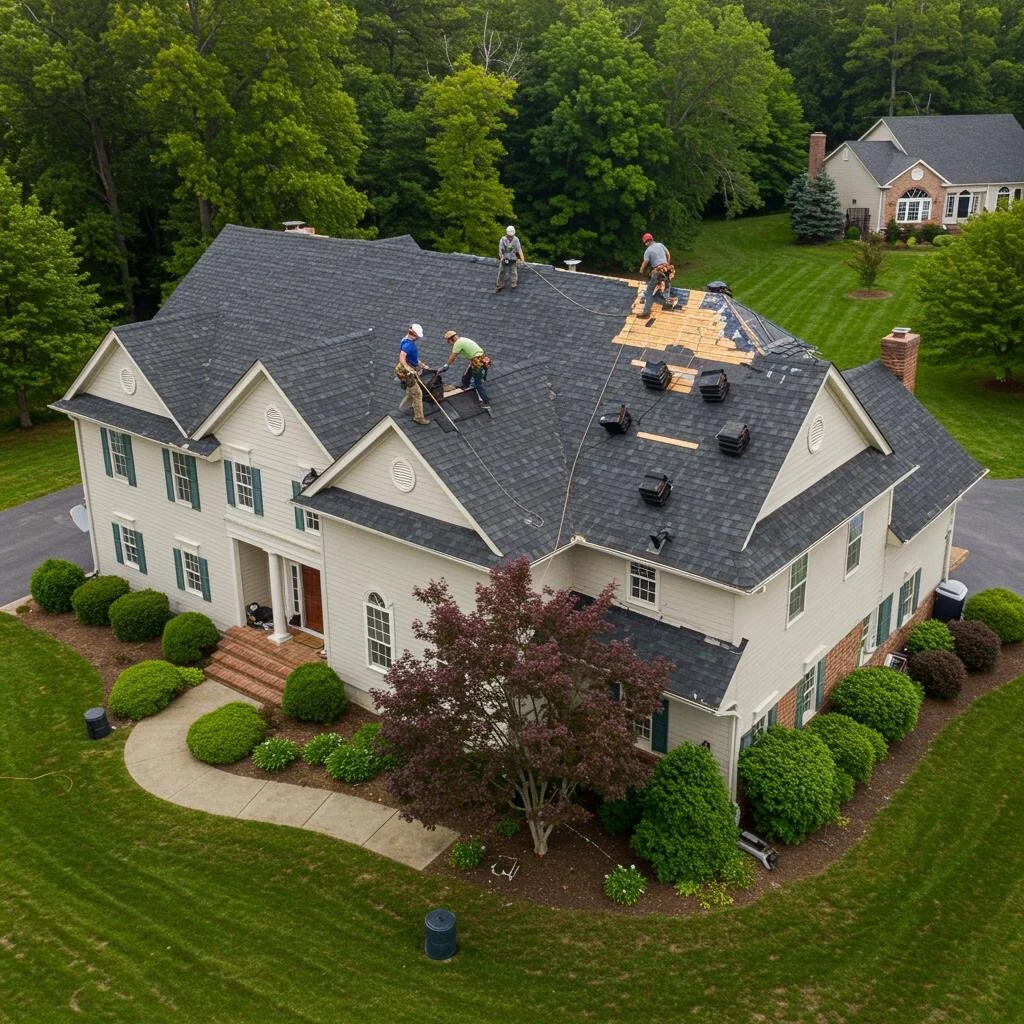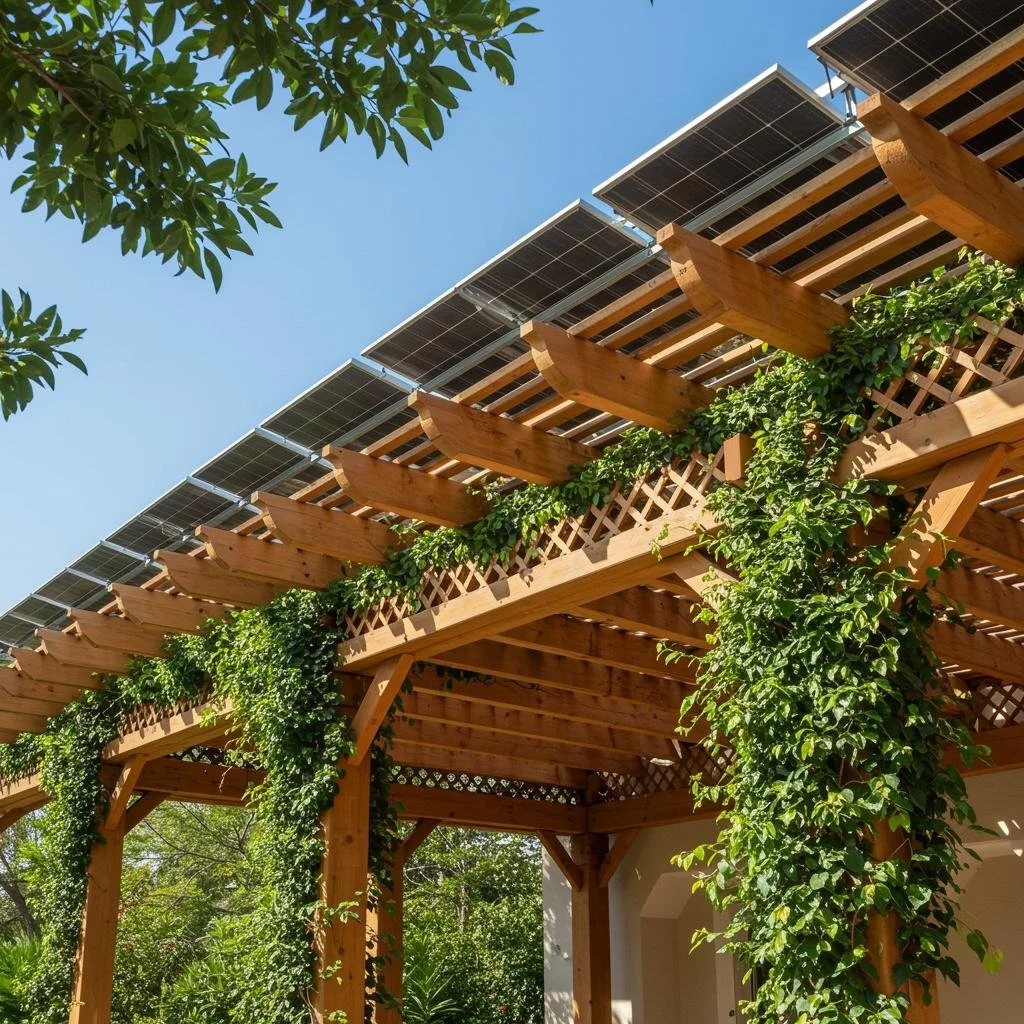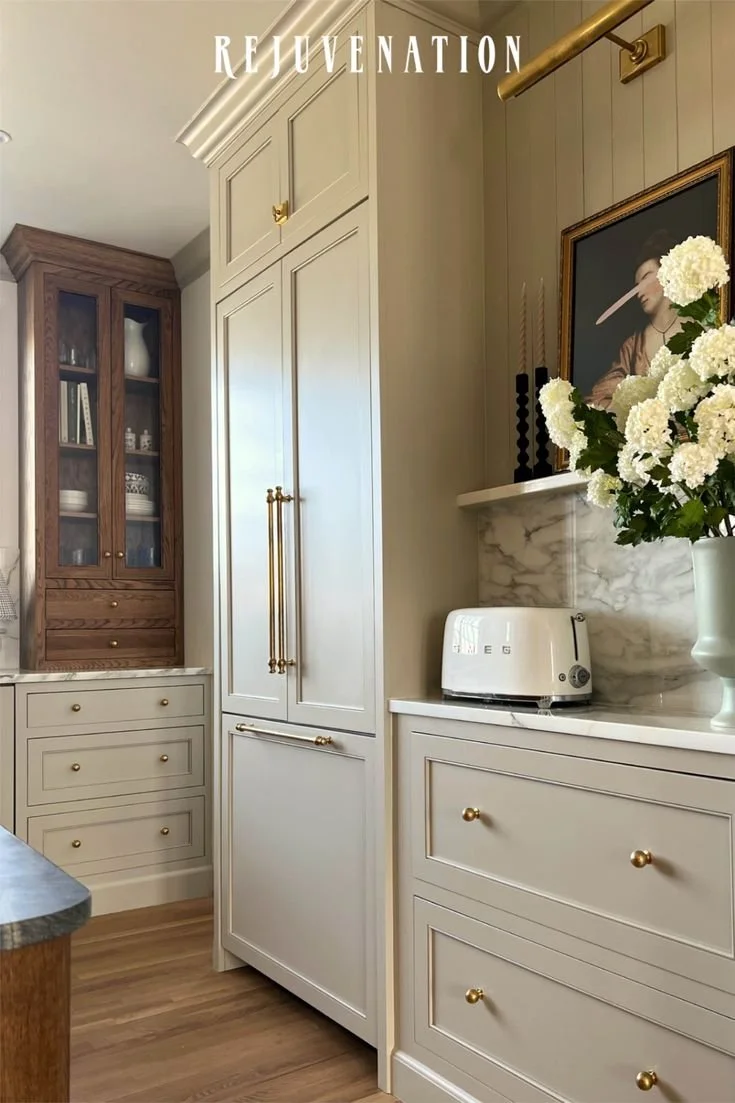Plumbing 101: Your Guide To Simple Fixes
When plumbing problems arise at home, they can disrupt your peace of mind. From leaking faucets to severe pipe bursts, these issues often require a professional touch. However, Fergusons Plumbing Group believes there are simple fixes you can handle yourself.
Maintenance of your home’s plumbing system is a responsibility that should not be underestimated. Neglecting it can waste water, increase bills, and potentially damage your home’s structure.
Their insights simplify Plumbing 101, equipping you with the knowledge to tackle common plumbing problems. In this guide, we equip you with the necessary basics to confront unexpected plumbing issues head-on.
No. 1
Plumbing System Basics
Your home’s plumbing system consists of two subsystems: one for bringing in fresh water and another for carrying wastewater away. The incoming supply travels under pressure.
Main Water Shut-Off Valve: Central to this setup, this valve is usually found near the water meter. Use it promptly in emergencies to avoid widespread damage or flooding.
Individual Stop Valves: These provide localized control, allowing for small repairs without shutting down the entire supply. Monitoring pressure ensures water reaches upper floors and remote areas reliably.
Hot Water System: The hot water line draws from the cold supply to the heater and distributes heated water to fixtures. Proper insulation helps maintain warmth and overall efficiency.
No. 2
Common Plumbing Issues
Leaks, clogs, and low pressure can disrupt service. Quick fixes and routine checks help prevent bigger complications, ensuring your system remains dependable for daily needs.
Maintenance Tips: Regularly inspect pipes and fixtures for rust or dampness. Ensure adequate water pressure and drain flow. Address small signs early to avoid more extensive repairs later.
Preventive Measures: Insulate pipes in cold locations and avoid flushing unsuitable items. Good drain practices and protective measures safeguard against leaks and significantly reduce repair costs.
No. 3
Water Supply Steps
A systematic approach to water line repair simplifies complicated tasks. Follow these steps carefully:
Initial Assessment: Inspect the line for leaks and deterioration. Identify potential causes, such as corrosion, shifting soil, or tree roots.
Permits: Check local codes before starting repairs. Permits ensure your project complies with regulations.
Temporary Water Supply: Establish a backup water line to maintain comfort and sanitation during major repairs.
Shut Off Water Supply: Locate the primary shut-off valve near the meter and turn it clockwise until water flow ceases.
Excavation: Dig along the existing water line to expose damaged sections. Proper trenching ensures you can install new piping without harming surrounding utilities.
New Water Line Installation: Use durable piping like type-K copper to resist corrosion. Secure each connection to ensure a watertight seal.
Final Step: Pressurize and examine the system for leaks. Reliable performance indicates success; an official inspection confirms adherence to codes.
Rejuvenation
Elevate your space with Rejuvenation's timeless bathroom plumbing fixtures – where style meets functionality.
No. 4
Drainage and Venting
Inefficient vents can cause sewer odors or gurgling drains. Traps block fumes, but blockages above them allow gas through. Diagnosing vent problems helps maintain functional plumbing.
Bubbling and Gurgling: Noises after flushing or draining suggest air pressure issues from clogged vents.
Slow Draining: Sluggish drains may indicate obstructed vents, not just clogs.
Blocked Sewer Vent: Poor flush performance and an empty toilet bowl can signal vent blockages.’
No. 5
Clearing Clogged Drains
To clear blockages:
Shut Off Water: Prevent flooding and limit damage while investigating or dislodging the obstruction.
Remove Visible Debris: Use gloves or tools to extract hair or food from the drain opening.
Use a Plunger: Create a tight seal and push and pull repeatedly to dislodge clogs.
Try a Plumbing Snake: Insert slowly until resistance is felt, then crank gently to remove the clog.
Baking Soda-Vinegar Solution: Pour this combination down the drain, let it fizz, then flush with boiling water.
Hot Water Flush: Finish by running hot water to wash lingering particles away.
No. 6
Fixing a Running Toilet
Repairing a continuously running toilet requires patience. Techniques like float adjustment or flapper replacement can solve wasteful water usage problems.
Adjust the Float Level: Set the float lower if water overflows into the tube. This prevents excess filling.
Examine the Flapper: Clean or reposition the flapper if misaligned. Replace it if worn.
Inspect the Fill Valve: A faulty fill valve may fail to shut off completely. Replace it to avoid leaks.
No. 7
Maintain Overall Function
Regular inspections reveal leaks or corrosion early, allowing you to catch minor issues before they escalate. Use a gauge to confirm water pressure remains within safe operating levels.
For effective plumbing maintenance, it's essential to:
Perform leak detection through an annual inspection.
Clean aerators monthly to ensure optimal water flow.
Monitor water pressure regularly to maintain system efficiency.
Flush the heater annually to prevent sediment buildup.
Test toilets as needed to address any issues promptly.
Takeaways: Your Plumbing Future
Whether you're maintaining, repairing, or improving your home’s plumbing system, your newfound knowledge empowers you to handle simple fixes independently. Remember, professional help is always available if needed—there's no shame in asking for assistance. Check out reviews on Fergusons Plumbing for reliable service.
Looking For Home Resources?
Looking to enhance your living space and create a sanctuary that supports your well-being? Explore our home partners who offer a wide range of resources to elevate your home environment.































